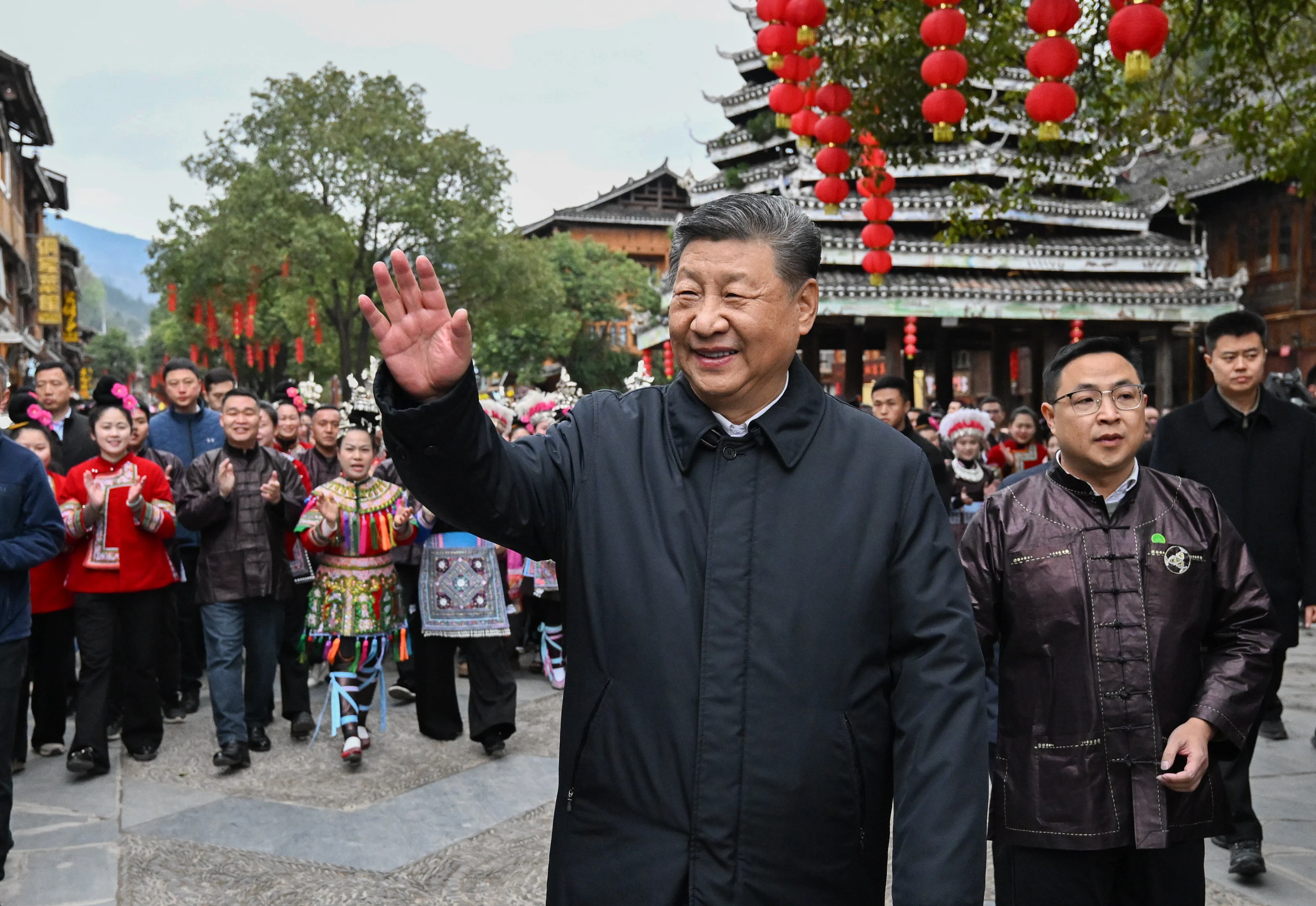Copyright scmp

Chinese President Xi Jinping put his personal stamp on the national master plan for the next five years, with state media describing the plan’s framework as Xi’s brainchild – an indication of the document’s political weight. In a lengthy article on Saturday detailing some of the build-up to the Communist Party’s fourth plenum this week, state news agency Xinhua and party mouthpiece People’s Daily said Xi “personally headed” the team that drafted the outline for the next five-year plan. “[He] oversaw and guided the formulation of the proposal for the 15th five-year plan, poured a great deal of heart and blood into it, playing a decisive role,” the outlets reported, citing an anonymous drafter of the document. The framework adopted at the gathering sets the agenda for the 15th five-year plan, which will guide national development from 2026 to 2030. According to the article, it was based on extensive fact-finding investigations during Xi’s tours around the country this year, including stops in the northeast and trips to Shanghai, Guizhou, Yunnan, Henan, Shanxi, Tibet and Xinjiang. The party’s inner circle, the Politburo Standing Committee, made multiple revisions to the framework before it was presented to the 300-plus full and alternate members of the Central Committee for deliberation over four days at the plenum. The document was then approved at the closed-door plenary session, which concluded in Beijing on Thursday. “We should seize this critical window of opportunity to consolidate and expand our strengths, break through bottlenecks and constraints and strengthen weak links, gaining the strategic initiative in intense international competition,” the article quoted Xi as saying to the attendees. The article said the drafters of the framework took into consideration the “profound and complex changes” in external and domestic circumstances confronting the world’s second-biggest economy from 2026 to 2030. It noted that China’s development had entered an era where “strategic opportunities exist alongside risks and challenges, while uncertainties and unforeseen factors are rising”. Those concerns were also present in a communique released on Thursday after the fourth plenum, which revealed the essence of the plan’s outline. According to precedent, the full text of the framework will be released within days but the resulting five-year plan will not be unveiled until China’s top legislative body convenes for its annual session early next year. Still, some details are already apparent. The plenum confirmed that Beijing would prioritise economic growth, particularly technological self-reliance and manufacturing, to cope with challenges at home and abroad in the coming years. The plan’s outline also sets a goal for China’s per capita GDP to reach “the level of moderately developed countries” by 2035. “This requires maintaining an appropriate pace of economic and social development during the 15th five-year plan period,” the article quoted Xi as saying. In addition, in a departure from the plan five years ago, the framework reaffirmed that economic development would be the “central task” for the country. Economic growth first became the country’s national priority in the 1980s but the objective has faded from high-level documents, with few mentions in recent years. Beijing-based independent think tank Anbound said China would likely aim to maintain an average annual growth rate of over 4.5 per cent during the 15th plan period – but without setting rigid annual targets. “That means that the sustainability of growth is particularly important,” it said in a note on Thursday. The think tank also described the technological “self-reliance” stressed by the fourth plenum as a higher-level requirement compared with the 14th five-year plan, which called for breakthroughs in key technologies. “It is clear that technological self-reliance is a new requirement in the 15th five-year plan amid rising geopolitical risks and intensifying China-US ‘tech war’,” it said. In the article on Saturday, Xi was quoted as urging regions across the country to fully consider local “realistic feasibility” when looking to develop new forces of productivity. “This [process] is meant to guide work in a scientific, rational and pragmatic way, and to prevent a herd mentality,” he said. Authorities across China have been jumping on the technology bandwagon, encouraging investment in a range of sectors, from artificial intelligence to the low-altitude economy. But the sprees have led to worries about the risks of serious resource misallocation and rapid overcapacity, potentially undermining the space for true innovation and industrial upgrades. And as Beijing presses on with its push for a “unified national market”, Xi urged various regions and departments to consider the bigger picture and long-term perspective in making policy. “We must focus on coordinating policies across the board, maintain consistency in macro policy direction, and prevent and overcome selfish departmentalism and local protectionism,” he said.



